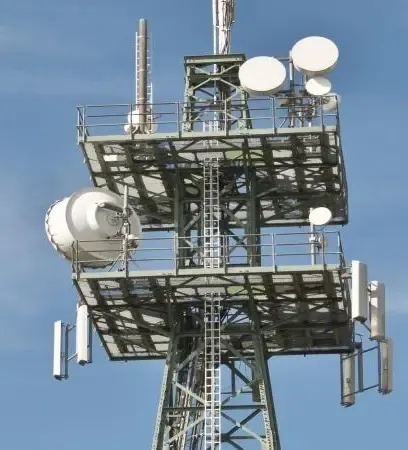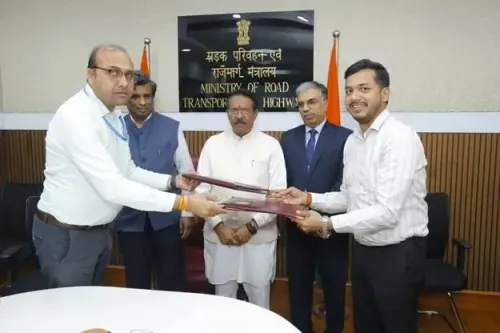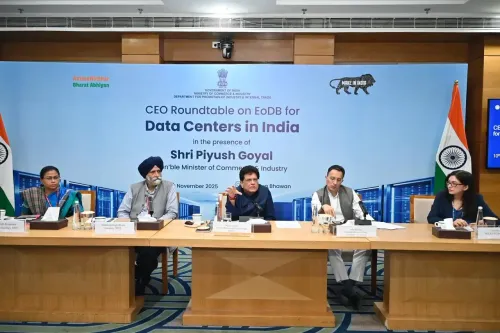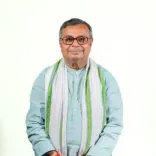What Has Changed in 30 Years of Mobile Calls in India?

Synopsis
Key Takeaways
- 30 years of mobile connectivity revolution in India.
- India is the second-largest telecom market globally.
- Over 1.2 billion mobile subscribers in India.
- 85.5% of households have at least one smartphone.
- India's 5G rollout is among the fastest in the world.
New Delhi, July 29 (NationPress) Today commemorates the 30th anniversary of India's inaugural cellphone call, which took place in Kolkata on July 29, 1995. Since that historic moment, India’s telecom industry has experienced remarkable growth, positioning the nation as the world’s second-largest telecom market, boasting more than 1.2 billion subscribers. As of early 2025, approximately 85.5 percent of Indian households possess at least one smartphone.
India's tariff rates are among the most affordable globally, propelling the Digital India initiative and promoting growth across all sectors. An average Indian subscriber now consumes over 21 GB of data monthly, showcasing the exceptional infrastructure established by leading Indian telecom firms.
Lt. Gen. Dr. S.P. Kochhar, Director General of the Cellular Operators Association of India (COAI), remarked, "Unwavering efforts from both the government and the industry have ensured digital connectivity reaches even the remotest villages that were previously disconnected. India's unparalleled rollout of 5G technology has been transformative. Currently, over 85 percent of the population and over 99 percent of districts in India have access to 5G services, facilitating innovations in areas ranging from remote education to telemedicine and smart agriculture."
"India is not merely a participant in this global revolution; it is actively shaping the discourse around the future of 6G, establishing standards for digital inclusivity, innovation, and leadership," Kochhar added.
Tarun Chhabra, Senior Vice President and Country Head of Nokia India, stated, "We have played a critical role in India’s extraordinary progress in technology and connectivity over the past few decades. Our journey has included several milestones, such as the first ever GSM call in India in 1995 via a Nokia phone on a Nokia-supplied network, the introduction of 3G services in 2011, pioneering 4G/LTE technology in 2012, and bringing 5G to India in 2022."
Anku Jain, Managing Director of MediaTek India, commented, "Since the first phone call made in 1995 on a feature phone, India has transformed into the world’s second-largest 5G smartphone market. The rapid adoption of advanced networks, from extensive 4G coverage to a fast-tracked 5G rollout expected to reach 980 million subscriptions by 2030, underscores the nation’s digital ambition and dedication to inclusive connectivity."









